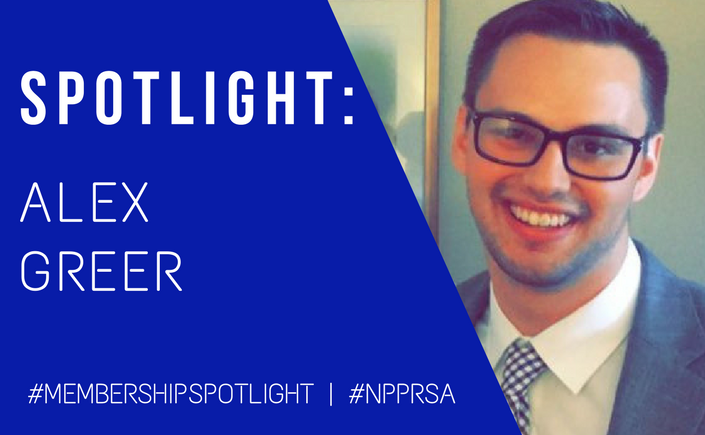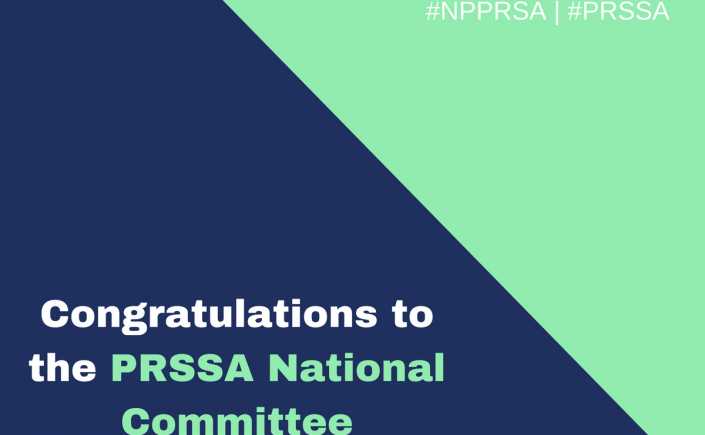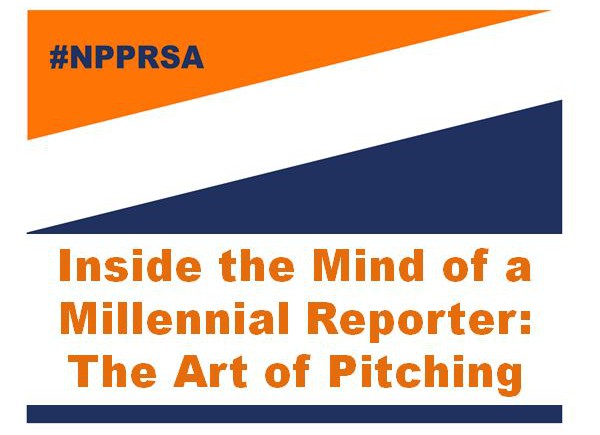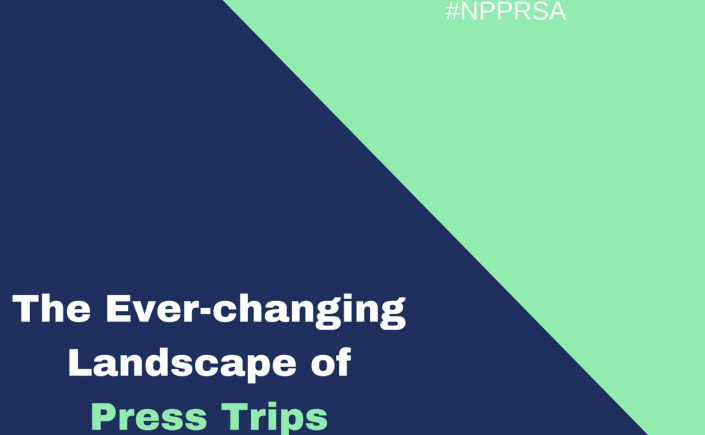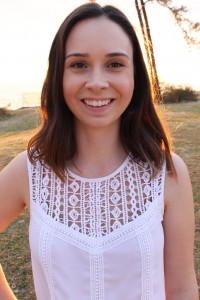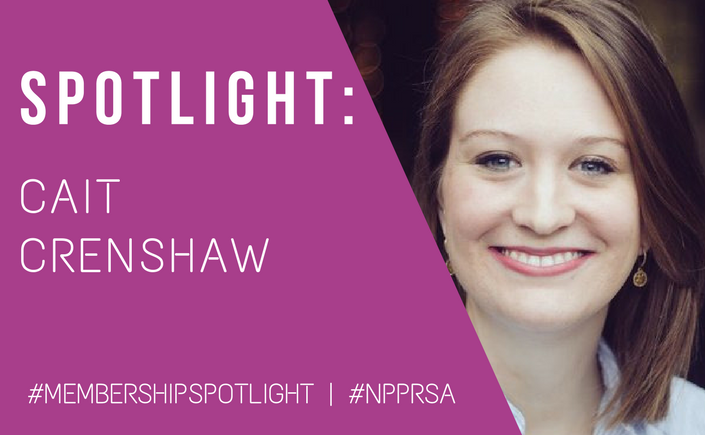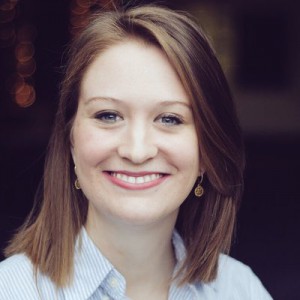Name: Alex Greer
Position/Company: Assistant Account Manager, PR at Rhea + Kaiser
Location: Chicago, IL
Education: B.A. in Advertising, Michigan State University
How and when did you first become interested in PR and communications?
Shortly after transferring to Michigan State University, I realized I wanted to combine my writing skills with my passion for social and digital media. I became an advertising major, enrolled in PR classes and got involved with several extracurricular activities across campus. After joining PRSSA, I eventually landed my first internship and began my career in the industry.
How did you find internships/jobs?
There are a ton of great resources online for locating jobs and internships. Sites like LinkedIn, Indeed and Monster are constantly being updated with new opportunities and can be applied to with one click. Organizations like PRSSA and PRSA also provide members with newsletters containing exclusive job leads. Make sure to update your resume and monitor these sources so you don’t miss your next great opportunity!
What was the biggest challenge you’ve ever faced in your career? How did you overcome it?
My first job was working with a client in an industry I had almost no background in, and I was frequently being tasked with writing long-form content pieces. During this time, I asked questions religiously and tried to absorb as much information as I possibly could. While it was certainly stressful at times, I formed productive habits and routines to help manage time, retain information and maximize productivity. Today, I stick to these routines and produce content assignments in no time.
What has been the most valuable thing you have learned through classes or experience?
People notice when you are putting in extra time and effort. Going above and beyond is the quickest way to get to the next level. It may take time, but you’ll eventually reap the benefits.
What has been the best piece of advice you have received?
Like any other industry, mistakes are bound to happen. When you make one, don’t beat yourself up over it. Focus on correcting the mistake and taking steps to ensure it doesn’t happen again. Never make the same mistake twice!
Do you have any advice for future PR pros?
Keep an ongoing portfolio of your best writing content. Employers want to hire professionals who write well, so be ready to prove you can with samples from the past.
What do you think is the best benefit of PRSA and the New Pros section?
I think Twitter Chats are the most underrated benefit of our section. We discuss the latest trends in PR, digital media and marketing and provide helpful tips and strategies for growing your career. Twitter Chats also allow you to connect with young professionals across the country in real-time. Join the next chat using #NPPRSA on Twitter!
Is there anything you wish you would have known before becoming a new professional?
Don’t be afraid to ask questions. Reach out to people who inspire you. Find a mentor at your company or through PRSA. Grow your network and never stop learning. Doing these things from the beginning will benefit you in the long-run.
Name one little-known thing about yourself.
I was the first person to complete the social media program at Central Michigan University.
If you are interested in being featured, or interested in nominating someone to be featured as a part of our #MemberSpotlight, please complete the following form.

